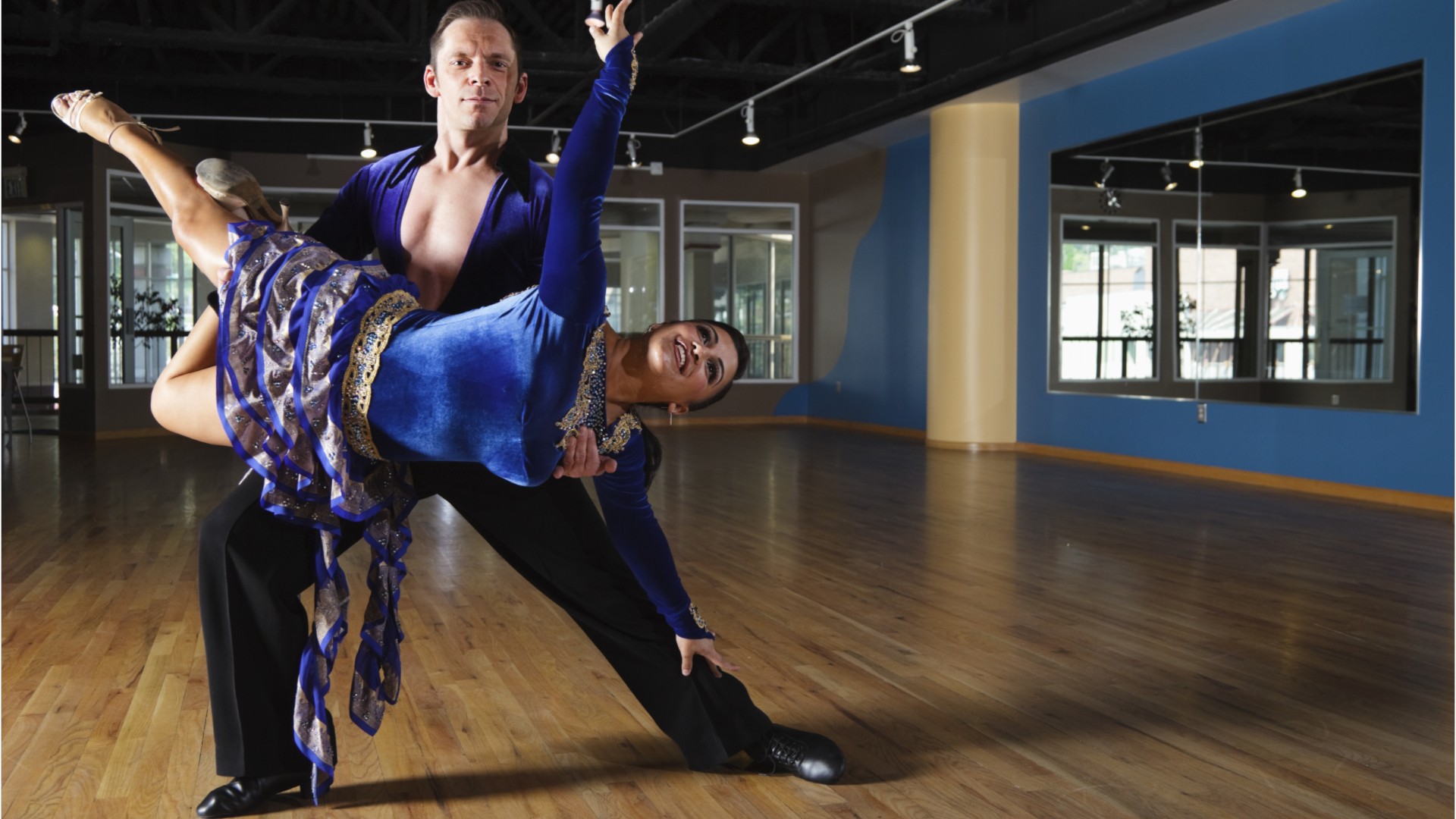Dancers
Ballet Dancer, Company Dancer, Dancer, Soloist Dancer
 Select a military branch to see samples.
Select a military branch to see samples.
Premier Honor Guard
No similar titles were found.
No similar titles were found.
No similar titles were found.
No similar titles were found.
No similar titles were found.
What they do:
Perform dances. May perform on stage, for broadcasting, or for video recording.
On the job, you would:
- Study and practice dance moves required in roles.
- Harmonize body movements to rhythm of musical accompaniment.
- Train, exercise, and attend dance classes to maintain high levels of technical proficiency, physical ability, and physical fitness.
Knowledge
Arts and Humanities
- music, dance, visual arts, drama, or sculpture
- English language
Business
- customer service
Skills
Basic Skills
- listening to others, not interrupting, and asking good questions
- thinking about the pros and cons of different ways to solve a problem
Social
- changing what is done based on other people's actions
Abilities
Endurance
- exercise for a long time without getting out of breath
Flexibility, Balance, and Coordination
- move your arms, legs, and mid-section together while your whole body is moving
- bend, stretch, twist, or reach with your body, arms, and/or legs
Physical Strength
- exercise for a long time without your muscles getting tired
- use your lower back and stomach
Verbal
- listen and understand what people say
Personality
People interested in this work like activities that include creating, designing, and making your own rules.
They do well at jobs that need:
- Perseverance
- Adaptability
- Achievement Orientation
- Optimism
- Self-Confidence
- Social Orientation
Technology
You might use software like this on the job:
Web page creation and editing software
- Facebook
Video creation and editing software
- Apple Final Cut Pro
- YouTube
Graphics or photo imaging software
- Adobe Photoshop
- Choreography software
Education
Education: (rated 3 of 5)
high school diploma/GED or
no high school diploma/GED
usually needed
no high school diploma/GED
usually needed
Get started on your career:
Find Training
Apprenticeship.gov
Job Outlook
Bright
New job opportunities are very likely in the future.
Explore More
- Actors
- Art, Drama, & Music Teachers, Postsecondary
- Choreographers
- Music Directors & Composers
- Musicians & Singers
You might like a career in one of these industries:
See more details at O*NET OnLine about Dancers.





